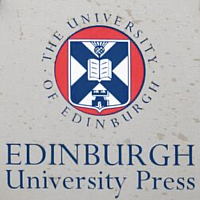But why back-translate?
Decolonizing
For some, literary back-translation is a creative, aesthetic, or experimental venture (for instance, Shakespeare's Sonnets, translated by Ulrike Draesner and back-translated by Tom Cheesman in 2016). For others, it enables reappropriation of what was long lost, confiscated, destroyed, or deformed: in short, of what was marginalized.
For instance, Jean Genet's text on the Vietnam War was only published in English before being destroyed, and it could thus only reappear through back-translation for the French; Arthur Koestler's political memoir confiscated during WWII was also first published in English long before it could, thanks to back-translation, be read in German; Simone de Beauvoir's text on Brigitte Bardot appeared slightly deformed in English before being lost, and it's thus only through back-translation that it could be reappropriated by French Feminism; the book also includes a chapter on Turkish architect Bruno Taut's work which, through back-translation, was likewise reappropriated by the Turkish nation.
It can also just be a way to make beautiful translations accessible to the initial readership of literary works!
*For full details, and other literary back-translations, see the book, the catalogue on this website, and contribute to its expansion through the contact form.





